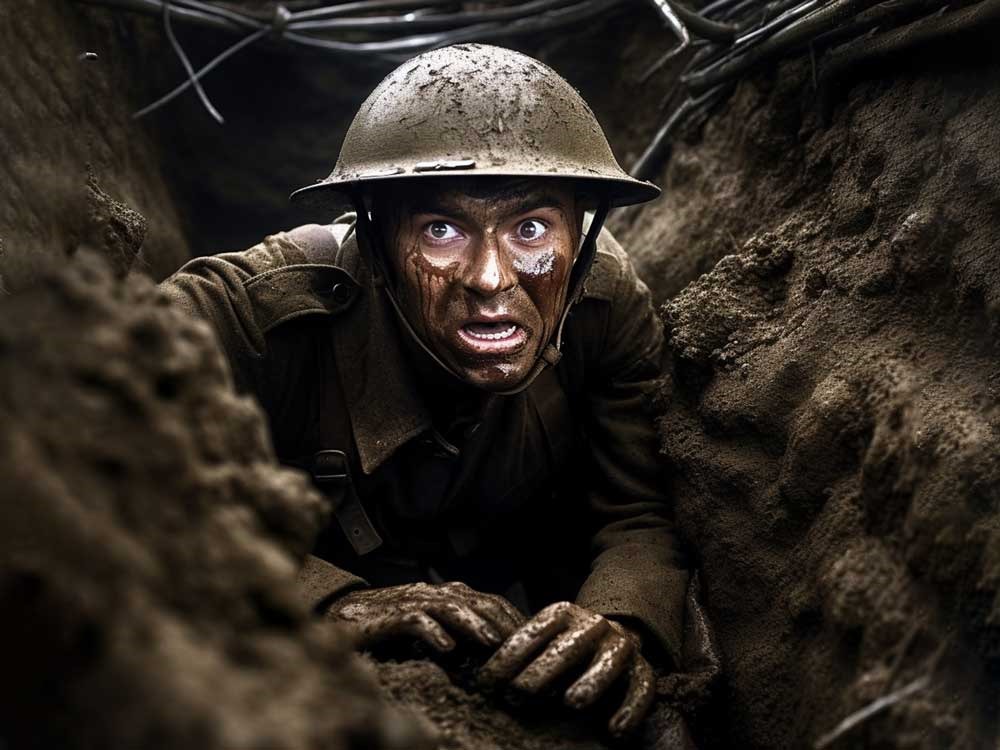


The Red Badge of Courage is representative of a shift away from the collective consciousness of heroism in war literature toward the individual consciousness of heroism, and we find this conflict at its peak. The various strands of conflict collide together between individual idealism and collective consciousness, stirring the consciousness of the reader itself. Within individual consciousness, there is still a search for a meaning of what is courage. Is courage an idea solely associated with fearless participation in the war, or whether defend humanity more courageously?
As the story progresses, the hero seems to get clearer in his understanding of how ambiguous his idea of heroism is. Whereas at the collective consciousness, various other aspects of heroism further reveal the complexity of the idea as to what deeds are considered heroic and what others are not therefore, what are the parameters that society has put in defining heroism? Why it is necessary for a youth to show its capability in war and how this idea of heroism is depicted in other war genres such as poetry and prose, will provide enough insight into multiple dimensions of this single idea of heroism.
The individual consciousness is what brings us close to the ideas or ideals of a hero. What margins and personal values did a person set that worked on him during the war? The hero in Red Badge of Courage refers to the youth who is an individual but still refers to his group of youthful soldiers and explicitly shows the working of the psychology, as well as the fears and dreams of a young person moving into the war zones. Encompassing all the ruthless bravery which is not only inexorable, and filthy but with a token of bravery.
The collective consciousness of heroism is a historical accumulation of the practices from the Greeks till the modern age, we might find some transition in the concept of heroism as how the Greeks show up within their characters such as Achilles, the aptitude for heroship, and why few characters seem to be more heroic than others and the latest war heroes as was perceived by the real wars of the world rather than relying on mythological grounds.
Another modern idea that troubles a lot and its nature are contradictory in itself is how parallel are the lines of heroism and humanism, are these heroes more humane than normal humans? The text The Red Badge of Courage provokes such an idea, the dissatisfaction of the hero to participate in war activities and wanted to protect his own life to celebrate his life. The questions that a hero feels perturbed with also perturb the reader about the idea of humanism in war. At which point do nationalism and heroism come to harmony or is there any globalized version of heroism?
Therefore, heroism is a very intriguing subject and as the multiple layers of heroism open up the underlying patterns of the emergence of this concept will prop up to display the various characteristics of heroism in the text of The Red Badge of Courage and how heroism is depicted by the trench poets and by Romantics. In the real world, wars also have caused a great stir in the minds of poets and writers such as the great events of the French Revolution and, the Civil War in America, World Wars have a huge impact on the idealism of heroism and real sufferings and pain along with the badges and distinctions, whether it is all ironic or humanism has the real merit in the world. Thus, heroism with its strata of reflections is a compelling idea to be deconstructed at its best.